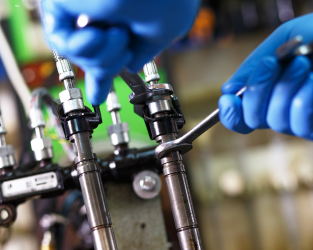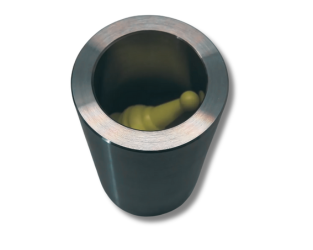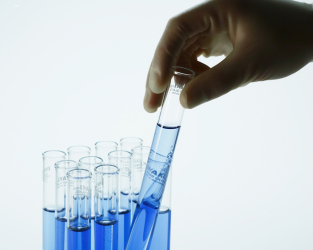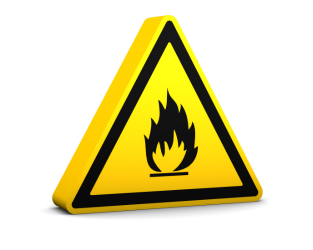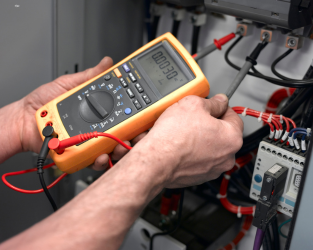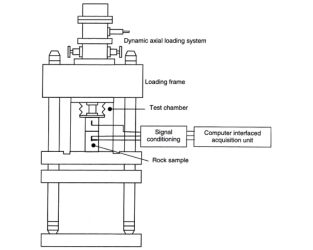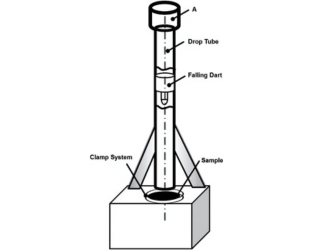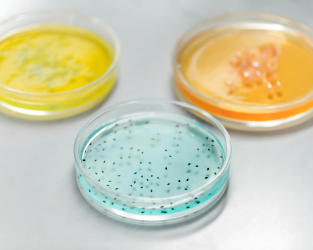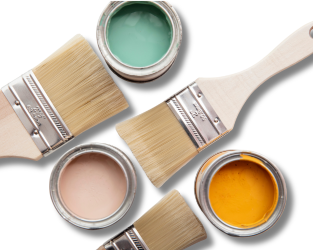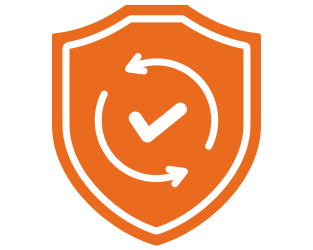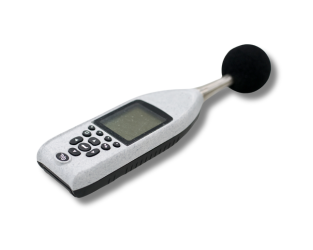1. Child Safety: Points out sharp edges, small parts, and toxic substances.
2. Compliance with Regulations: Following legal regulations such as EN 71 for mechanical, chemical, and flammability safety.
3. Age Appropriateness: It ensures that toys are for the right age group.
4. Durability and Functionality: Assess how it can perform under normal conditions.
1. Manufacturers of Toys Products: The manufacturers of these products must also ensure that their products comply with all the relevant rules and regulations.
2. Importers and Exporters: The legislation requires these groups of companies to provide all the documentation needed for imports and exports within the same country.
3. Dealers: The dealers can ensure the quality of the products before selling them.
4. E-commerce Platforms: The testing products can achieve An impeccable delivery system.

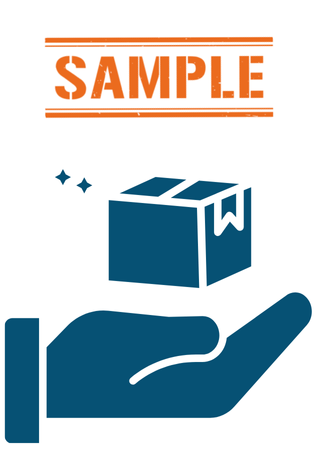
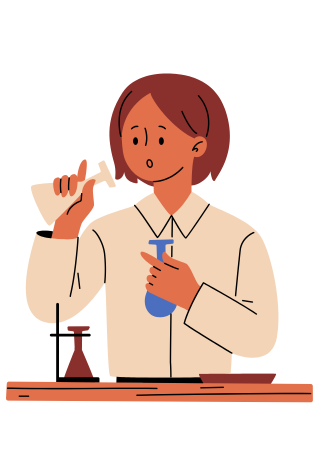

The analyst will first name the chemical type and the standard that it should adhere to, for instance, BIS, or REACH iso standard.
You will inform the lab of your intentions and they will send you a sample of the chemical that you want to be analyzed according to the guidelines given by the lab.
Testing periods include immediate, short-term, and long-term types. The significant tests we run at this time may cause us to accumulate comparative and supplementary information about the products and their safety level.
Testing Report is available in both Soft Copy and Hard Copy (Whichever the customer prefers).
